Reproductive System Study guide
1/34
There's no tags or description
Looks like no tags are added yet.
Name | Mastery | Learn | Test | Matching | Spaced |
|---|
No study sessions yet.
35 Terms
seminal vesicles
below the bladder and above the prostate gland; stores and produces fluids that make up 50-80% of semen
prostate
urethra; gland that produces a fluid that carries sperm during ejaculation
vas deferens
the tube through which sperm travel during ejaculation
circumcision
the foreskin is removed which exposes the end of the penis
female sex chromosomes
XX
male sex chromosomes
XY
pairs of chromosomes in sperms and eggs
23
FSH in males
stimulates the production of sperm
FSH in females
helps control the menstrual cycle
vulva
area outside of genitals
hormones released by ovaries
estrogen and progesterone
cervix
it protrudes into the vagina and it maintains an environment for accepting a fertilized egg
first menstrual cycle
menarche
last menstrual cycle
menopause
day 1 of menstrual cycle
the day a female starts to bleed
ovulation day
11-14th day of a female's menstrual cycle
average menstrual cycle length
28 days
fertilization location
fallopian tube
fertilization time frame
an egg can be fertilized up to 12-24 hours after ovulation
fertilized egg
now called a zygote
implantation
protects against pregnancy for up to three years; occurs under the skin of the upper arms
embryo
unborn child until the end of the seventh week
fetus
the embryo at the 8th week
stages of labor
first trimester, second trimester, third trimester
placenta function
supplies nutrients to the fetus during pregnancy
afterbirth
the placenta and fetal membranes that are expelled after delivery
amniotic sac
a sac filled with amniotic fluid
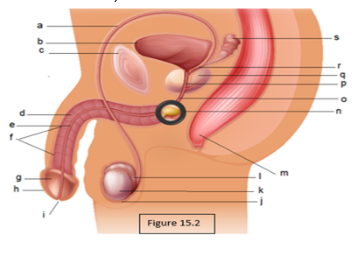
Epididymis
l
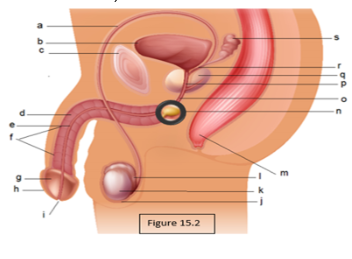
Prostate
n
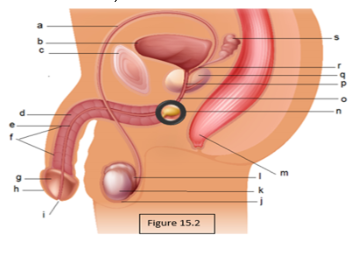
Testis
k
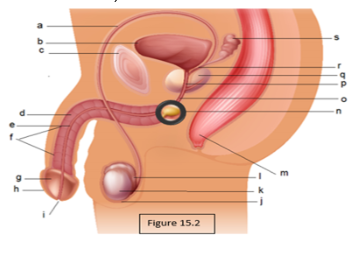
Urethra
e
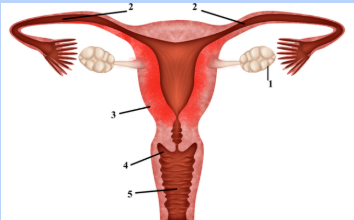
Fallopian Tube
2
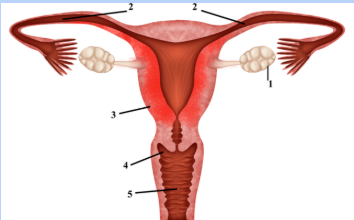
Ovary
1
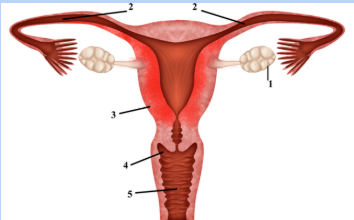
Uterus
3
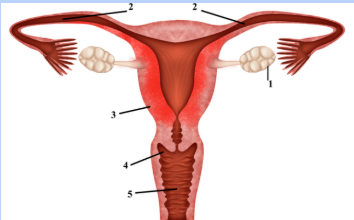
Vagina
5